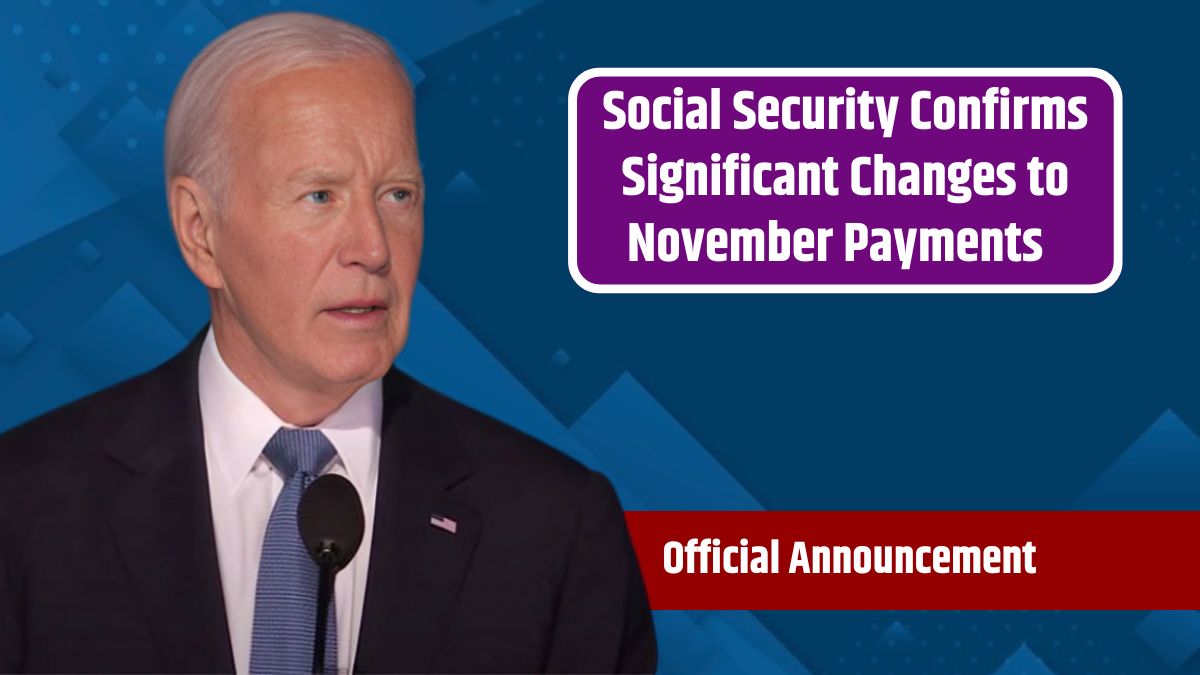Social Security beneficiaries are accustomed to receiving one payment per program each month, but August 2024 will bring an exception for those receiving Supplemental Security Income (SSI). This month, SSI recipients will receive two payments—one on August 1 and another on August 30. While this might seem unusual, it’s a routine adjustment made by the Social Security Administration (SSA) to ensure timely distribution of benefits.
Two Payments
The reason for this dual payment schedule is simple: September 1 falls on a weekend. To prevent delays in accessing funds, the SSA issues the September payment early, on August 30. This adjustment is made to avoid financial disruption for beneficiaries who rely on these payments. As the SSA explained in a 2022 blog post, this early payment “does not mean that you received a duplicate payment in the previous month, so you do not need to contact us to report the second payment.”
SSI Recipients
While receiving two payments in August might feel like a windfall, it’s important for recipients to manage their finances carefully. The early payment means there won’t be another SSI payment until October 1. Therefore, beneficiaries need to budget accordingly to ensure their funds last through September.
This adjustment primarily affects those on SSI, which includes adults and children with disabilities or blindness, as well as individuals aged 65 and older. As of June 2024, approximately 7.4 million people were receiving SSI benefits, separate from other Social Security programs like retirement or disability benefits.
Future of Social Security
Looking ahead, there is growing concern about the sustainability of Social Security. Analysts warn that without congressional action, the program could face a funding crisis by the mid-2030s, potentially leading to reduced payments. This prospect worries seniors, people with disabilities, and those currently contributing to the system.
Various policy proposals have been suggested to address this issue. Some suggest raising the retirement age, taxing the wealthy, or reducing benefit levels. However, these proposals are often unpopular with the public and lawmakers alike. Despite these challenges, Social Security benefits continue to be adjusted annually for inflation through the Cost of Living Adjustment (COLA).
COLA Adjustments
In recent years, COLA adjustments have provided some relief, but many beneficiaries feel these increases aren’t enough to keep pace with rising costs. In 2023, the COLA increase was a substantial 8.7%, reflecting the high inflation rates of the previous year. However, the 2024 adjustment was significantly lower, at just 3.2%, resulting in an average increase of about $50 per month for most beneficiaries.
This modest increase has done little to alleviate the financial pressures many seniors face, particularly with the rising costs of healthcare, food, and housing. Alex Beene, a financial literacy instructor, noted that seniors are frustrated by the soaring prices of everyday items, particularly in retirement when they are least prepared to handle such spikes.
A survey conducted by the Senior Citizens League earlier this year underscored this issue. It found that 93% of senior respondents reported an increase in household expenses of more than $59 per month, with 43% noting that their expenses had risen by more than $185 per month. These increases can be particularly devastating for seniors living on tight budgets. According to the National Council on Aging, approximately 25 million Americans aged 60 and older live at or below 250% of the federal poverty level.
Finances Amid Rising Costs
For many seniors, the modest COLA increases do not go far enough in addressing the financial strain caused by inflation. Beene and others have highlighted the growing sentiment that these adjustments are insufficient to keep up with the rising cost of living, leaving many seniors struggling to make ends meet.
The dual payment in August offers a reminder of the need for careful financial planning, especially as the cost of living continues to rise. While the SSA’s adjustments help ensure timely payments, the broader issues surrounding the future of Social Security and the adequacy of COLA adjustments remain pressing concerns for millions of Americans.
FAQs
Why are SSI recipients getting two payments in August?
The second payment on August 30 is an early payment for September, due to September 1 falling on a weekend.
Will there be another SSI payment in September?
No, the next payment after August 30 will be on October 1.
Why is there concern about the future of Social Security?
Analysts warn that Social Security could face a funding crisis by the mid-2030s without congressional action.
How much did the COLA increase in 2024?
The COLA increase for 2024 was 3.2%, resulting in about a $50 increase for most beneficiaries.
Are COLA adjustments enough to cover rising costs?
Many seniors feel that COLA adjustments are not keeping pace with the rising cost of living, particularly for essentials like healthcare and housing.









